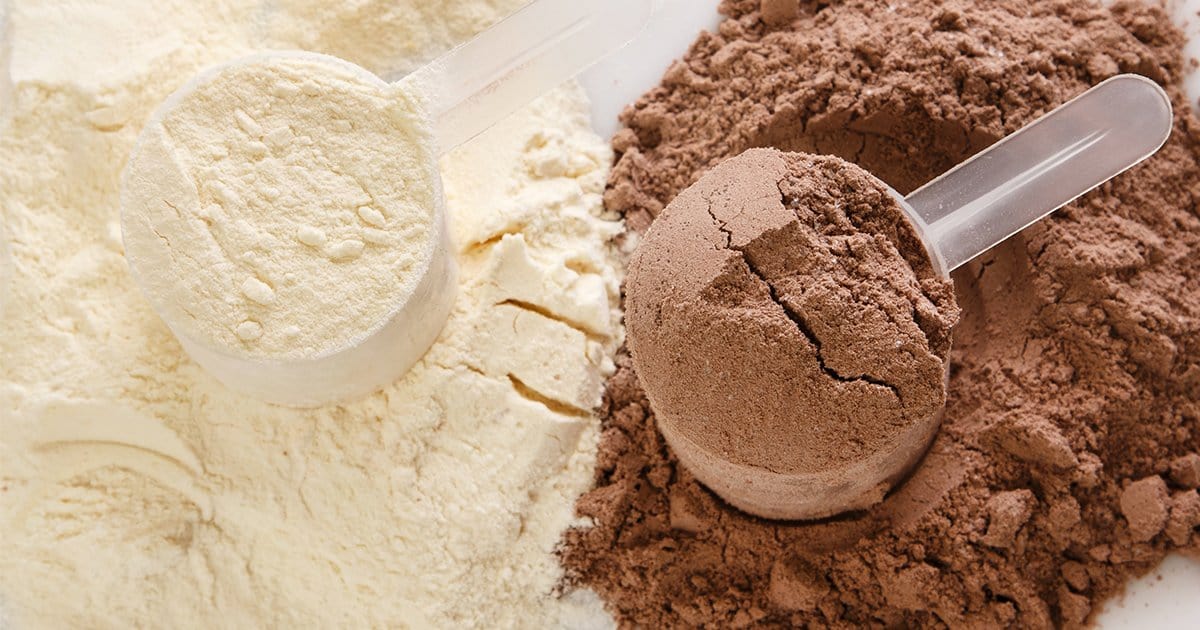Protein supplements tend to be a key part of the whole fitness routine for most people. However, with a wide range of options available in the market today, it can prove to be quite tough to choose something that’s ideal.
Now, the fact is that whey protein, in general, is great for health. It can help improve body composition and even reduce hypertension. However, each supplement does offer a specific set of benefits, and it’s wise to get informed before you make a choice.
In this blog, we’re going to compare two very common types of whey protein supplements, namely, whey protein blend and whey protein isolate.
Whey Protein Isolates
As the name might indicate, whey protein isolates are “pure” protein supplements. They contain a higher amount of protein and very little lactose or fat. High-quality whey protein isolates typically contain 90% protein or more.
Since they’re practically “pure” protein supplements, whey protein isolates tend to cost a bit more. Another benefit of whey protein isolate is that it's easily absorbed by the body. This is because it has been processed and filtered exclusively for the purpose of easy digestion.
This is exactly why a lot of fitness and medical experts prescribe whey protein isolate as a post-workout supplement.
Whey Protein Blends
A whey protein blend, as the name might indicate, is a blend of whey protein isolate and whey protein concentrate. Though it may seem like such blends have more protein, the reality is quite the opposite. Whey protein blends don’t contain as much protein like whey protein concentrates or isolates do by themselves. The general percentage of protein is much lower.
Needless to say, this makes whey protein blends more affordable. Also, due to the blended nature of these supplements, they provide certain unique benefits that one may not receive with just isolates or concentrates. This is why, in some cases, experts recommend the use of whey protein blends.
For example, some whey protein blends contain casein, which is known for being a slow digesting protein. As a result, it serves well in scenarios where greater endurance maybe required or satiety is a problem.
Since casein can help with satiety, whey protein blends containing casein may help improve weight loss by regulating hunger.
Nutritional value
30 grams of a generic brand of whey protein isolate is said to contain around 108 calories, while its cholesterol content is practically 0. As for carbs, it contains just about a gram. Protein content is estimated to be around 26 grams.
However, in a whey protein blend that contains casein, you can expect the same quantity to contain around 125 calories. This can be broken down into 20 milligrams of cholesterol, 1.5 grams of fat, 6 grams of carbs and about 21 grams of protein.
So, who wins: Whey Protein Blend or Whey Protein Isolate?
Well, there is no clear winner here. It all depends on your exact needs. Having said that, both whey protein blends and whey protein isolates are highly beneficial. However, the former is better for endurance and weight loss, while the latter is great for faster muscle recovery and development.
Interested in buying some whey protein? Well, visit Sportsfuel's Online Shop.

